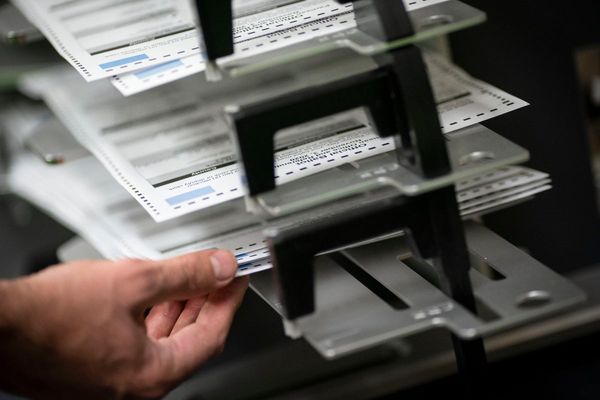
Only about one in eight UK fisheries have been awarded “green” status for sustainability in the latest edition of the Good Fish Guide.
Of the 337 wild fisheries around the British Isles included on the list, which is compiled by the Marine Conservation Society (MCS) and updated twice a year, only 13% were regarded as good sustainable choices. The MCS categorises a fishery as a species of fish or shellfish from a specific area caught in a specific way.
Amber ratings were placed on 62% of the country’s fisheries, meaning they were acceptable choices but improvements were needed. That left a full quarter of UK fisheries in the red category and consumers should avoid these sources. Red indicates there are substantial environmental concerns that no credible work is mitigating.
Among the fish downgraded in the latest update of the guide was pollack from the south-west of the UK, which was reclassified from amber to red. Not to be confused with pollock, which is usually found in fish fingers, pollack is another white fish that has become a favourite among chefs seeking a more sustainable option to cod and haddock.
The MCS said that after years of poor management, populations of pollack in the Channel and Celtic Seas marine area had plummeted and it was no longer a sustainable catch. “A new assessment indicates that it is heavily depleted and there should be zero catch,” the organisation said.
Others slipping into the red included beam-trawled plaice from the eastern Channel, dover sole from the Irish Sea, prawns from the North Sea and sea bass from the west of Scotland.
However, North Sea and Channel mullet and North Sea sprat were upgraded from red to amber, after new population data showed there were healthy levels within those waters.
Charlotte Coombes, Good Fish Guide manager at the MCS, said: “With the majority of UK ratings in the Good Fish Guide staying on amber, it is evident that the UK has yet to fulfil its commitment to achieving world-class sustainability in fisheries.
“In this latest update, an additional 12 ratings have regrettably received red ratings. Urgent and improved fisheries management is imperative for the sake of our seas.”
• This article was amended on 4 October 2023 to refer in the text and headline to fish populations rather than to “stocks”, bringing it in line with style guidance.







